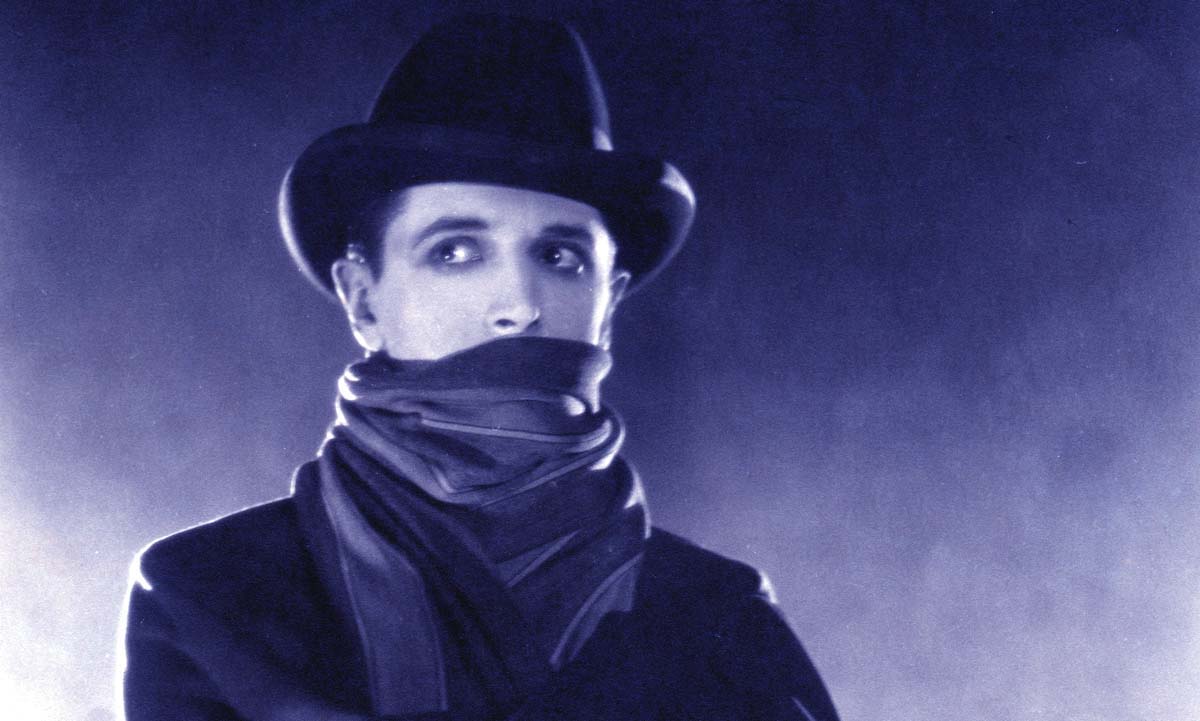If there’s ever a Mad Men: The Next Generation, count on a 40-ish Sally Draper to psych a conference room full of BMW execs out of the tried-and-true formula for luxury automobile ads in favor of a groundbreaking, nightmarish, pre-YouTube web series.
As fictional scenarios go, it’s about as likely as having the Hardest Working Man in Show Business James Brown place a winner-take-all bet with the devil (Gary Oldman) that his driver Clive Owen can out-drag perennial movie bad guy Danny Trejo. (In other words, very likely.)
The prize?
Another 50 years of hip-shaking, leg-splitting soul for the Godfather of.
Can’t wait for the soon-to-be released James Brown biopic to find out who wins?
Check out “Beat the Devil,” above, the final installment of BMW Films’ 8‑episode series, The Hire. One of the new millennium’s earliest examples of branded content, each frenetic segment found Owen’s nameless driver going up against a roster of big name guest stars, including Don Cheadle, Mickey Rourke, Marilyn Manson, and an uncredited, pee-soaked Madonna. (You heard me.)
Brown’s episode, directed by the late Tony Scott, quickly ventures into David Lynch territory. Oldman’s Prince of Darkness gets laughs with a prop fluorescent tube and striped suspender tights, but the scene’s not without menace. (Recall Dean Stockwell lip-synching Candy Colored Clown in Blue Velvet…)
The dialogue calls to mind Jim Jarmusch’s blunt snap.
Devil: Stick your face in the hole!
James Brown: My face?
Devil: Stick it in the hole!
James Brown: My face?
Devil: Face in the hole!
James Brown: My face?
Devil: Face in the- oh, shit!”
Elsewhere, Brown’s line delivery gets a boost from same-language subtitles, without which one could easily mishear his concerns about aging as an unexpected, late-in-life racial identification switch. (Say it loud, I’m Asian and proud?)
If the clip above leaves you hungry for more, the complete BMW series, featuring the testosterone-rich work of such high octane directors as John Frankenheimer, Guy Ritchie, and John Woo is available on the playlist below.
You can find The Hire added to our collection, 4,000+ Free Movies Online: Great Classics, Indies, Noir, Westerns, Documentaries & More.
Related Content:
David Lynch’s Perfume Ads Based on the Works of Hemingway, F. Scott Fitzgerald & D.H. Lawrence
The Coen Brothers Make a TV Commercial — Ridiculing “Clean Coal”
Ayun Halliday is an author, homeschooler and the Chief Primatologist of The East Village Inky zine. Follow her @AyunHalliday





